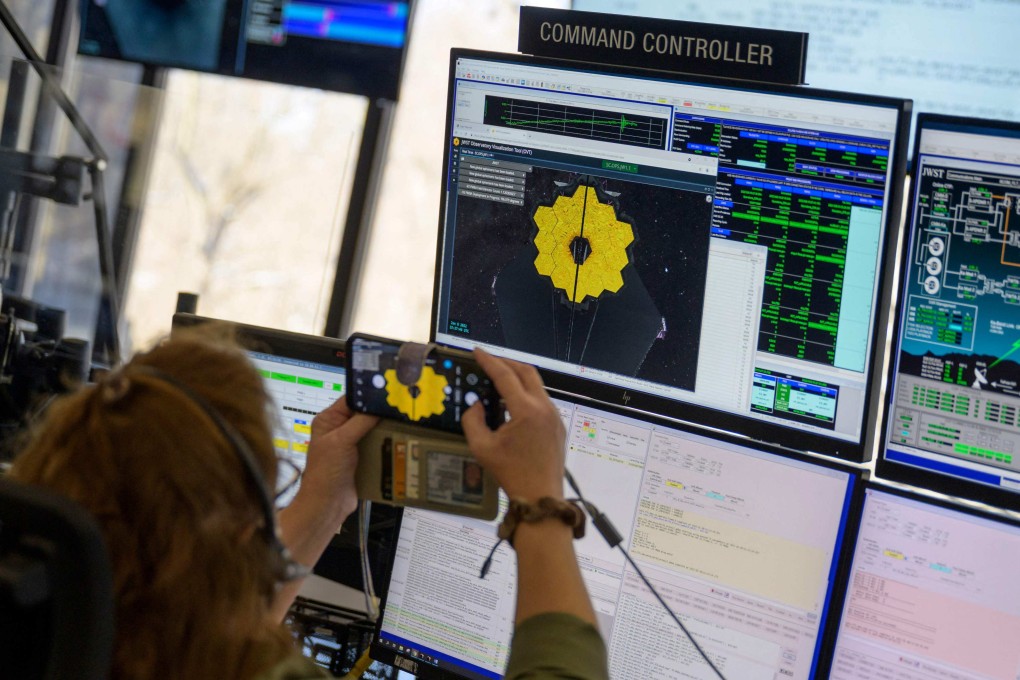Opinion | How Nasa’s James Webb and China’s Xuntian space telescopes could cooperate in future
- The images from the James Webb telescope have captivated people around the world and energised the scientific community
- Meanwhile, China’s space programme is making rapid progress, and its Xuntian telescope, with its massive field of vision, could find synergies with the US facility, and so help foster broader mutual understanding

Untold discoveries and wonders await. Teams of scientists are working to bring the first scientific publications to the world, including in my research field of planetary nebulae where a “whole community” publication with a large number of authors, including myself, is under way using one of the first science-grade “global community” images released of Planetary Nebulae NGC3132, commonly known as the Southern Ring Nebula.
I can’t quite believe this US$10 billion facility – named controversially after a Nasa administrator – is now in full working order, given that there were 344 individual single-point opportunities for failure.
It is testament to the engineering excellence and collaboration of over 1,200 scientists, engineers and technologists from at least 14 different countries. It represents the best of what humanity can achieve when focusing on a long-term cooperative endeavour for a purely scientific cause that was over 20 years in the making.
But what of China’s aspirations for space science? Much is happening and planned across the Chinese space programme.
